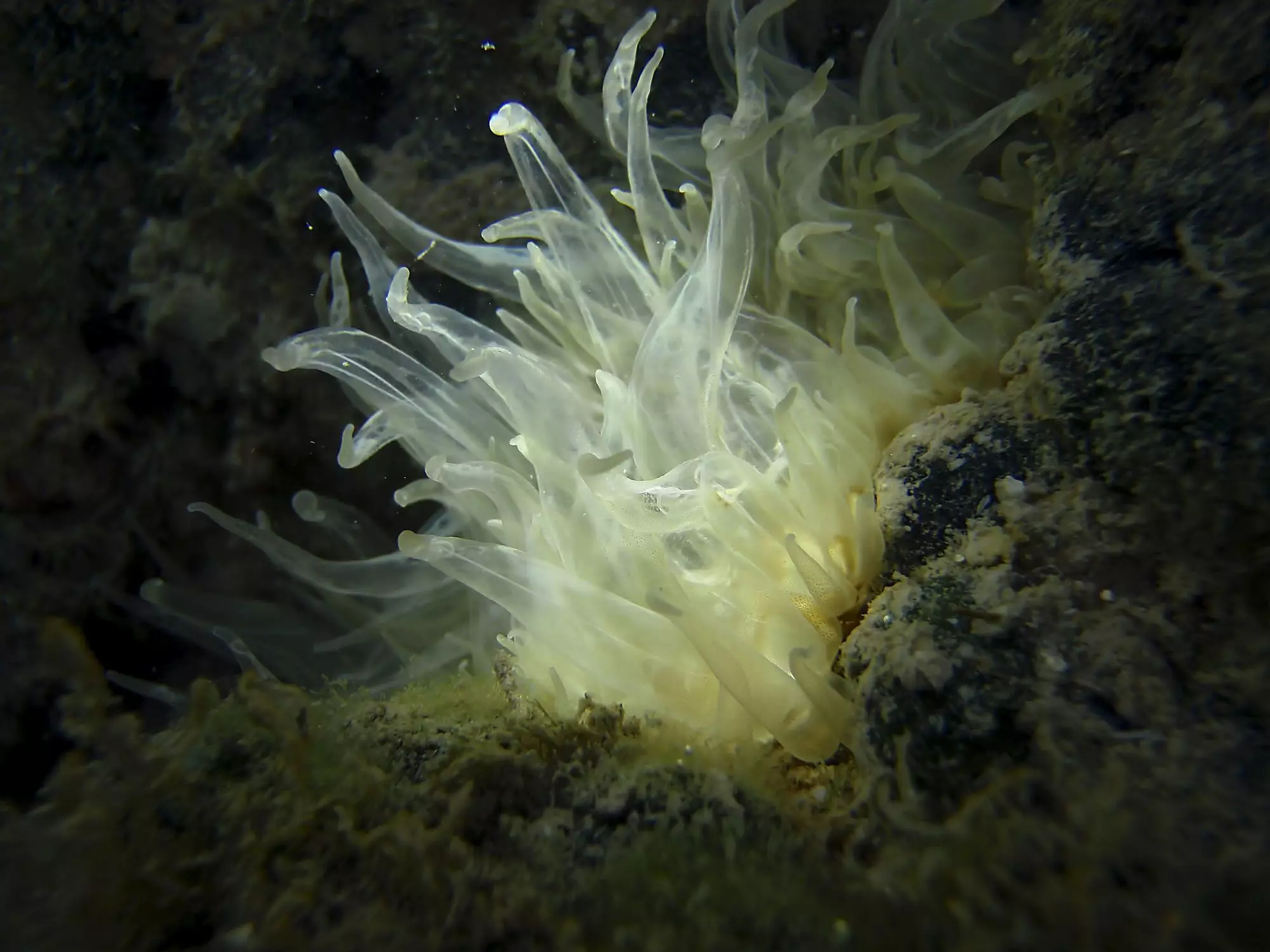Aiptasia sea anemones, commonly recognized as glass anemones due to their translucent appearance, pose a significant challenge for marine aquarium enthusiasts. These opportunistic invaders can quickly populate a reef tank, often arriving on live rock or coral. Unlike other aquarium organisms, their rapid reproduction and aggressive behavior can lead to considerable stress for both the aquarium’s biota and the aquarist managing the environment. In tackling Aiptasia, understanding their behavior and evaluating control methods is vital to preserving a balanced ecosystem in your aquarium.
Once Aiptasia establishes itself, it can become a dominant species, competing fiercely for both space and nutrients. Their ability to reproduce asexually means that pulling them out can be an exercise in futility; even minute fragments left behind can regenerate into new anemones. This characteristic underscores their resilience and adaptability, making removal efforts particularly challenging. Furthermore, Aiptasia are not harmless; they possess a powerfully stinging nematocyst that threatens the survival of delicate fish and invertebrates in your marine setup.
Choosing the appropriate method to deal with Aiptasia requires careful consideration of the potential impacts on both your tank environment and its inhabitants. Various solutions have been proposed and categorized into physical removal, chemical means, and biological control. Each option carries advantages and drawbacks, necessitating a meticulous evaluation.
Injecting Aiptasia with targeted chemical solutions is among the most discussed forms of eradication. While methods such as injecting lemon juice can yield rapid results—primarily because it is both safe and inexpensive—this is often a temporary fix. Other solutions, like sodium hydroxide and calcium hydroxide, have shown effectiveness, but the danger of burns to skin and eyes necessitates precaution.
The expertise of the aquarist plays a crucial role when opting for chemical solutions. For example, the concentrated injection of calcium hydroxide, while common, may result in low kill rates if not precisely executed. An overly aggressive approach can also lead to undesirable spikes in tank pH, complicating the health of other tank inhabitants. Additionally, strong chemicals such as bleach and copper sulfate pose severe toxicity risks to the overall tank environment, emphasizing the need for well-informed decision-making.
While injecting solutions has merit, there are also compelling physical methods that may offer relief. Manually scraping Aiptasia off live rock can be effective but often leads to the same problem of regeneration. An advantageous hybrid approach may leverage both chemical injections and physical removal, while maintaining diligence to mitigate resultant stress on the system.
Turning to nature’s own predators presents a compelling alternative against the Aiptasia invasion. Many aquarists consider introducing specific fish, shrimp, or invertebrates known for their Aiptasia-hunting tendencies. For instance, the peppermint shrimp (Lysmata wurdemanni) is frequently hailed as the most effective of Aiptasia’s natural enemies. However, caution is advised. It is essential to ensure the accurate identification of the species since mislabeling can lead to disappointment when non-predators are introduced.
Another option includes butterflies and filefish, but potential care requirements and dietary preferences complicate their integration into the ecosystem. Some fish may inadvertently harm corals and other desired invertebrates, leading to an imbalance that could be as problematic as the initial Aiptasia infestation. Moreover, differences in individual feeding behavior also leave no guarantee of success when introducing natural predators.
Reef tanks especially must weigh the pros and cons of adding such fauna. Careful consideration of diverse species’ dietary habits is crucial to prevent unwanted consequences such as the depletion of other essential organisms or increased stress levels.
If chemical and biological methods do not yield satisfactory results, other alternatives such as osmotic shock may be worth exploring. While effective, it is essential to note that this method is not suitable for reef tanks due to the potential harm to sensitive life forms.
Aquarists also have access to over-the-counter preparations marketed as reef-safe. These solutions can provide targeted action against Aiptasia while minimizing negative fallout on the overall tank environment. However, due diligence in researching the efficacy and safety of such products is paramount.
Managing Aiptasia infestations requires a multifaceted approach. With their rapid reproduction and aggressive behavior, Aiptasia are not to be underestimated. The path to control necessitates informed decision-making and a willingness to tailor strategies based on the unique conditions of your aquarium. By combining physical, chemical, and biological methods while keeping abreast of the tank’s health, aquarists can hope to restore balance and thwart these persistent invaders effectively.

